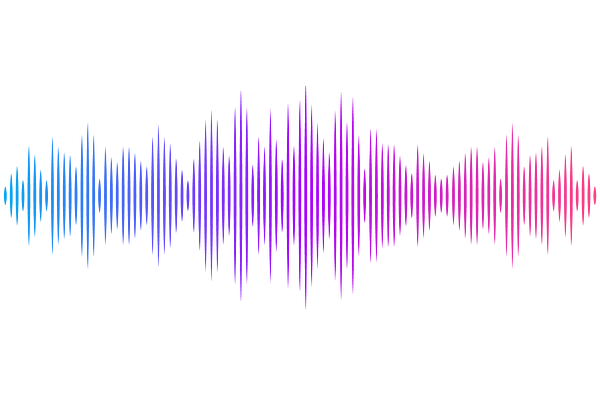MS-DIAL 5 multimodal mass spectrometry data mining unveils lipidome complexities

MS-DIAL 5 multimodal mass spectrometry data mining unveils lipidome complexities
Takeda, H.; Matsuzawa, Y.; Takeuchi, M.; Takahashi, M.; Nishida, K.; Harayama, T.; Todoroki, Y.; Shimizu, K.; Sakamoto, N.; Oka, T.; Maekawa, M.; Chung, M. H.; Kurizaki, Y.; Kiuchi, S.; Tokiyoshi, K.; Buyantogtokh, B.; Kurata, M.; Kvasnicka, A.; Takeda, U.; Uchino, H.; Hasegawa, M.; Miyamoto, J.; Tanabe, K.; Takeda, S.; Mori, T.; Kumakubo, R.; Tanaka, T.; Yoshino, T.; Arita, M.; Tsugawa, H.
AbstractLipidomics and metabolomics communities comprise various informatics tools; however, software programs that can handle multimodal mass spectrometry (MS) data with structural annotations guided by the Lipidomics Standards Initiative are limited. Here, we provide MS-DIAL 5 to facilitate the in-depth structural elucidation of lipids through electron-activated dissociation (EAD)-based tandem MS, as well as determine their molecular localization through MS imaging (MSI) data using a species/tissue-specific lipidome database containing the predicted collision-cross section (CCS) values. With the optimized EAD settings using 14 eV kinetic energy conditions, the program correctly delineated the lipid structures based on EAD-MS/MS data from 96.4% of authentic standards. Our workflow was showcased by annotating the sn- and double-bond positions of eye-specific phosphatidylcholine molecules containing very-long-chain polyunsaturated fatty acids (VLC-PUFAs), characterized as PC n-3-VLC-PUFA/FA. Using MSI data from the eye and HeLa cells supplemented with n-3-VLC-PUFA, we identified glycerol 3-phosphate (G3P) acyltransferase (GPAT) as an enzyme candidate responsible for incorporating n-3 VLC-PUFAs into the sn-1 position of phospholipids in mammalian cells, which was confirmed using recombinant proteins in a cell-free system. Therefore, the MS-DIAL 5 environment, combined with optimized MS data acquisition methods, facilitates a better understanding of lipid structures and their localization, offering novel insights into lipid biology.